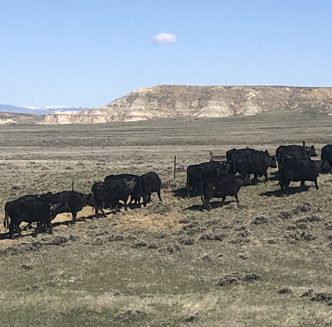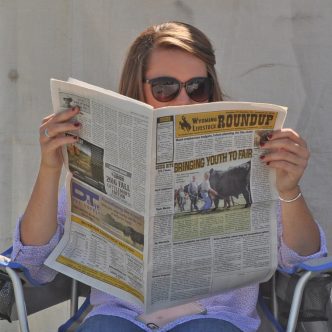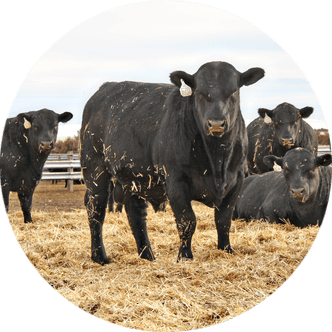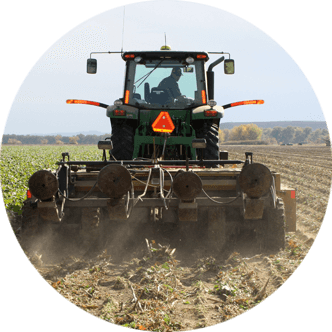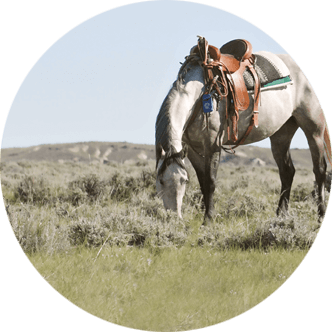Be Aware of Alfalfa Weevil This Spring
As spring begins and my family starts to ask about turning on the air conditioning, hayfields across Wyoming are starting to jump out of the ground. Nothing else makes me embrace the new growing season like this.
As hay comes up so does our most damaging pest – the alfalfa weevil.
Lifecycle
Adult alfalfa weevils are very distinctive, measuring approximately one-fourth of an inch long with a blunt “snout,” thick golden hairs covering the body and a distinct dark, narrow stripe down the back.
These are the harbingers one will find in their fields earlier in the spring.
Female beetles will lay eggs in the stems of alfalfa. These eggs will then hatch, and the more destructive part of the weevil’s life cycle will emerge.
Alfalfa weevil larvae will crawl up stems and begin to voraciously eat alfalfa leaves around the growing point. The larvae will grow throughout the spring, getting up to around three-eighths of an inch in length.
For identification purposes, alfalfa weevil larvae are legless with a prominent black head. Larvae are wrinkly and yellow-green in color with a white stripe along the middle of the back.
If left alone, these larvae will pupate and a new adult will emerge. This adult does not begin to repeat the cycle immediately. Rather, it feeds and slows it maturation to try and survive a winter and begin the cycle anew.
Timing
A lot of research has gone into the association between alfalfa weevil and temperature.
Many studies looking at this link prove we should expect eggs to hatch around 310 Growing Degree Days (GDD), with the first instars at 350 GDD and second instars at 425 GDD.
This is a great model and is consistent with field conditions. Current Wyoming forecasts are based on weather stations located outside of an alfalfa field.
Use this as a guide for field scouting. On-the-ground results will vary.
Control
As with all farming endeavors, control can be accomplished in a myriad of ways.
Early harvest and insecticide treatments are going to be the main avenues most hay growers use.
Each has its advantages.
Early harvest is the most natural and doesn’t introduce chemicals into the field. It should be noted, though, when hay is cut there will be larvae that fall to the ground and start munching on the next cutting.
In contrast, should one decide to spray, they will need to factor in economic benefits and harvest restrictions into the equation.
With an eye on the forecast and the hayfield, producers should be able to get ahead of alfalfa weevil before they become a problem.
For questions, reach out to a local Extension agent and we will be happy to work with you.
Dan VanderPloeg is the agricultural and natural resources educator with the University of Wyoming Extension serving Washakie County and northwest Wyoming. He can be reached at dvanderp@uwyo.edu or 307-347-3431.

